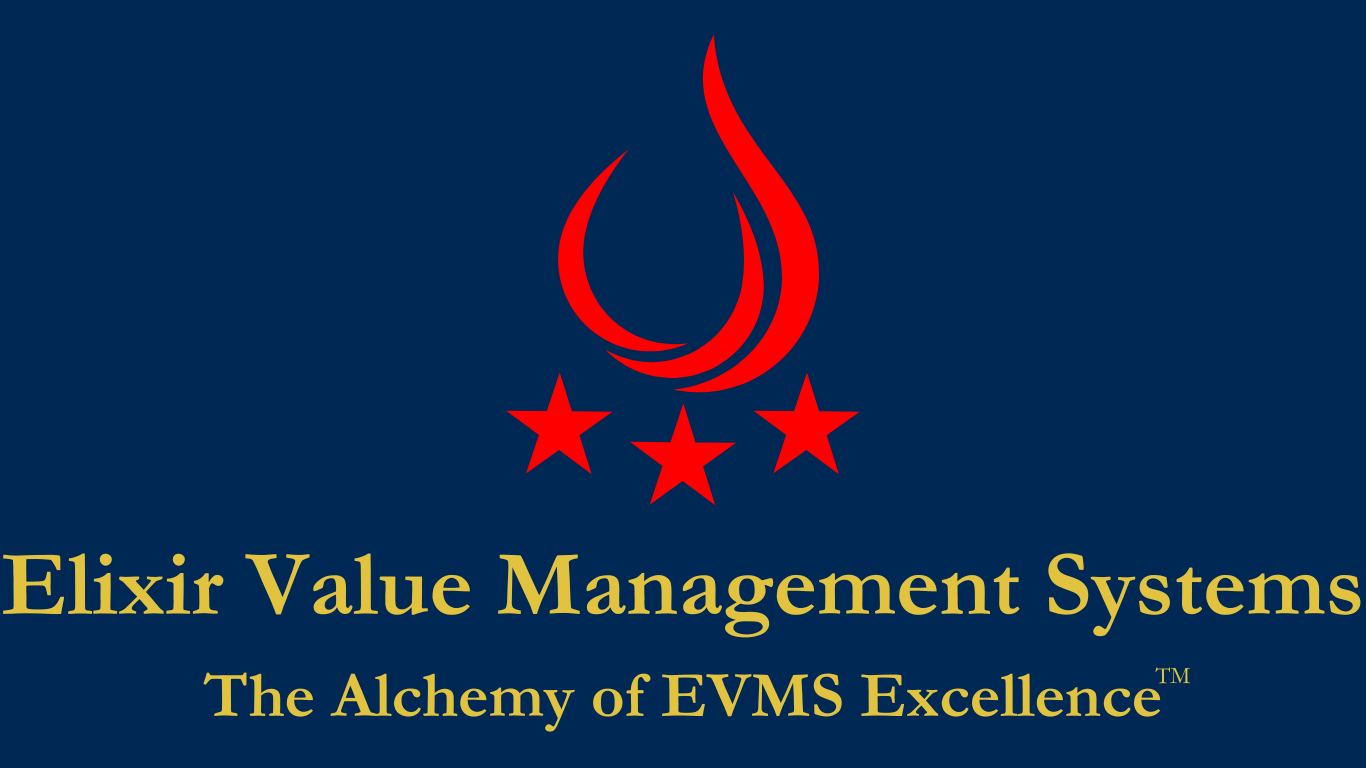🚩 Subcontractor EVMS Flowdown: The Pitfalls No One Talks About
In major Aerospace, Defense, Space, and Nuclear Energy (i.e., Department of Energy (DOE) capital projects) projects, prime contractors must flow down Earned Value Management System (EVMS) requirements to their subcontractors and integrate subcontractor data into the program’s Performance Measurement Baseline (PMB). Yet in practice, this flowdown often breaks down in ways that aren’t emphasized in standard training or system descriptions. These breakdowns — from vague contract language to poor data integration — can quietly undermine a program’s baseline, distort its Estimate at Completion (EAC), and erode trust in performance data. This article highlights the most critical pitfalls and the leadership mindset needed to prevent them.
📜 Vague or Weak EVMS Flowdown in Subcontracts
A foundational problem is improper or unclear contract language. Primes sometimes use boilerplate wording that doesn’t spell out what a subcontractor must deliver or how compliance will be verified. Worse, some subcontracts include clauses that describe subcontractor reports as “for information only,” effectively removing any leverage to enforce discipline.
A common misstep is treating all subs the same — either overburdening small, low-risk vendors with unnecessary EVMS demands or under-specifying obligations for high-dollar, high-risk subcontracts. Without clear, enforceable language and tailored requirements, the subcontractor’s performance data becomes unreliable or incomplete.
⚠️ Lack of Accountability for Data Quality and Traceability
Even with solid flowdown clauses, a major pitfall is assuming subcontractor data is accurate and traceable simply because the sub has a certified EVMS or submits reports on time. The prime is still accountable for verifying that the subcontractor’s cost and schedule data genuinely support the prime’s PMB.
In practice, many primes assign subcontract oversight to procurement teams with limited EVMS expertise. This can reduce oversight to checking invoices rather than scrutinizing cost and schedule integration. A frequent reality: the subcontractor’s data is too high-level to map to specific control accounts, or cost actuals lag behind performance status by weeks. Without tight alignment to the prime’s cut-off dates and disciplined reconciliation, subcontractor reports can mask real problems until it’s too late.
🔗 Poor Integration into the Prime’s IMS and Cost System
EVMS demands cost and schedule integration, but this often fails at the subcontract level. Subcontractor tasks may appear in the Integrated Master Schedule (IMS) as vague milestones or summary bars, with minimal logic ties to the prime’s work. This breaks schedule integrity: if the subcontractor slips, the critical path may not reflect it until deliverables are missed.
On the cost side, some primes capture subcontract costs in lump-sum control accounts or manual spreadsheets outside tools like Deltek Cobra. This makes it hard to run credible variance analyses or to track earned value management (EVM) at a meaningful level. Smaller vendors might submit spreadsheets or slides that require manual data entry, opening the door to errors and rework each reporting cycle.
Without full integration, the prime is left managing a patchwork system: data flows are slow, mistakes compound, and performance metrics lose credibility.
🕵️ Weak Surveillance and Missing IBRs
Compliance doesn’t stop with contract language — it lives or dies in execution. Many primes skip or minimize subcontractor surveillance due to resource constraints or a belief that a certified subcontractor needs no further oversight. This is a risky shortcut. If a subcontractor’s EVMS drifts out of compliance, the prime inherits the problem — and could face corrective action from the customer.
Integrated Baseline Reviews (IBRs) are another overlooked gap. Significant subcontracts should either be covered in the prime’s IBR or have a dedicated IBR at the subcontractor site. Skipping this means accepting a baseline that might be unrealistic or misaligned with the prime’s plan. Too often, issues surface later as cost overruns or schedule slips that no one saw coming because the subcontract baseline was never truly vetted.
📉 How These Pitfalls Erode the Prime’s PMB and EAC
✅ Baseline Gaps: Vague flowdown and weak integration allow hidden misalignments between the prime’s plan and the subcontractor’s reality. Over time, this erodes the PMB and triggers unplanned baseline changes to correct course.
✅ Unreliable EACs: When subcontractor performance isn’t properly tracked, the prime’s EAC may stay artificially low — until a cost growth or overruns force a major budget adjustment. This destroys management’s ability to forecast and act early.
✅ Skewed Performance Metrics: Subcontractors can overstate earned value or understate costs. This inflates key metrics like the Cost Performance Index (CPI) and Schedule Performance Index (SPI) at the program level, giving leaders a false sense of security.
✅ Delayed Decisions: Poor subcontract data pushes problems downstream. Leadership can’t see risks in time to mitigate them, leading to reactive crisis management instead of proactive control.
🧭 Leadership Lessons
These pitfalls persist because flowdown is often treated as a contract admin task rather than a leadership priority. True EVMS maturity means treating subcontracted work with the same rigor as internal work: clear expectations, disciplined integration, active surveillance, and transparent escalation.
Leadership must:
✅ Ensure subcontract language is clear, enforceable, and tailored by scope and risk.
✅ Hold subcontractors accountable for timely, traceable data aligned with the prime’s cycles.
✅ Integrate subcontract schedules and costs fully into the IMS and Cobra.
✅ Invest in regular surveillance and insist on meaningful IBRs that cover subcontract baselines.
✅ Create a culture where Control Account Managers (CAMs) treat subcontract data as their own responsibility — not someone else’s job.
🎯 Bottom Line
Subcontractor EVMS flowdown isn’t just about ticking compliance boxes. It’s about protecting the integrity of the PMB, the trustworthiness of the EAC, and the ability to manage proactively. In the complex world of aerospace, defense, space, and nuclear energy projects, that discipline is non-negotiable. A well-run EVMS holds everyone — including subcontractors — to the same standard of truth.
👉 Ready to strengthen your program’s EVMS integrity and subcontractor management — from proposal to closeout? Connect with Elixir Value Management Systems, Inc. and make it happen.
📞 Let’s Talk
📧 karlo.menoscal@elixirvms.com
📱 949-351-8896

